Written by Erin Francois
The remake of the 2005 cult classic game Destroy All Humans has been announced and is set for release in 2020. Instead of talking about the shiny new graphics and revamped tales of our beloved character, Crypto, let’s revisit the award winning original. Lead artist, Fiona Francois, was one of three women working on the game in a largely male-dominated industry.
Pandemic Studios had two separate offices, one in Los Angeles and one in Brisbane, Australia. When asking Fiona what it was like working as a woman in a computer game company, her answer was her mostly laughing. However, she did explain that “one of my first experiences with feeling a little out of place was when I was sitting in a meeting at Activision in the U.S where there were 200 male developers in a room… and me. Rather intimidating, but I got used to it over the years. We had a great time working on most games, pulling all-nighters, doing crazy pranks; for the most part I was “one of the guys”. But if I was to be brutally honest, there were times when I had to prove myself over again a little too often, especially after coming back from maternity leave (twice) and there was always a spare chair either side of me during company meetings as nobody wanted to sit next to The Girl.”
At various points during production, Pandemic lost the lead game designer, producer, and then the director, “which were three critical roles!” Fiona explained. “Tensions were high during deadline periods and more than once the project was threatened to be shut down. The game underwent many high-level redesigns which entailed a completely new set of art and animation assets, not to mention code rewrites.”
One of the concept artists, Mat Brady, designed the alien protagonist and then Fiona built him. Enquiring about the origins of Crypto’s name, Fiona explained that “I devised the concept of naming the alien characters after diseases. We had a friend at the time who had contracted Cryptosporidium from a public swimming pool so it came to mind as a particularly nasty (but cool sounding) name, shortened to Crypto.”
The excreting cow cut-scene early in the game won an innovation award. Fiona explained that “I didn’t really have a lot to do with that scene other than to organise for the art to be redone. It was originally outsourced to the US office due to tight deadlines and when it arrived the “Poo arc” was in glorious high res with more budget than Crypto himself! We were in stitches having all gathered around to watch it in its cinematic splendour right before we had to hack it to bits to make it run in the game. The splendid poo texture was the only thing that remained of the original, albeit much, much smaller… but we still remember,” she said.
Looking back at the landscapes and the general graphics of the game, it was a beautifully immersive and realistic 1950’s America. When the game was released, the graphics were highly praised for their originality. When asking Fiona about why the scenes and landscapes were so unique and realistic, she explained that “it certainly wasn’t the tools that we had” she laughs, “We were using left-over, buggy world-building tools developed for Army Men released in 2002, so it all came down to doing what we could with what we had and good artistic decisions. Because the game was third-person and the majority of the real-estate of the screen was sky, I pushed hard to have a large portion of the graphics budget dedicated to the skybox. It was like creating a painting. Hi-res sky with painterly clouds orchestrating optimal times of day along with weather variants created the groundwork for a believable universe. We backed that up with good lighting choices (magic hour, moonlight etc) with vertex lighting on the ground-plane and buildings to break up the tiled uniformity of the landscape. Nothing fancy, just good old-fashioned art direction. Also, we had some seriously good animation talent and that further contributed to the realistic believability of the world.”
Early in the development of the game, place-holder sounds were created by the developers, things like screaming and character vocals, later to be professionally recorded by voice actors. Fiona relates an incident during the process of directing this recording session with the actors, which had to occur at night (Australian time) with the counterpart American recording studio. “Brad Welch, the lead designer was on speaker-phone directing the process at 1 am with the volume on his phone turned right up listening to countless screams and shouts of panicked NPC actors. Then he gets a knock on the door. The police had arrived, alerted by a cacophony of screaming and shouting in a building in Fortitude Valley, Brisbane. One of the many quirks of working in such an odd industry.”
After Pandemic was bought out by EA games and consequently shut down, Fiona moved to Tasmania to complete the other half of her dream. She opened an art gallery in Deloraine in the north-west of the state and has been painting and drawing for the past eight years. You can find Fiona online on Facebook, YouTube, Instagram, fionafrancoisart.com, or at Gallery 5 Deloraine in Tasmania.












